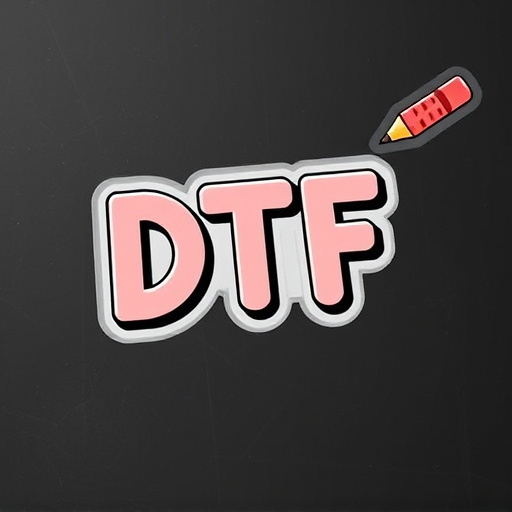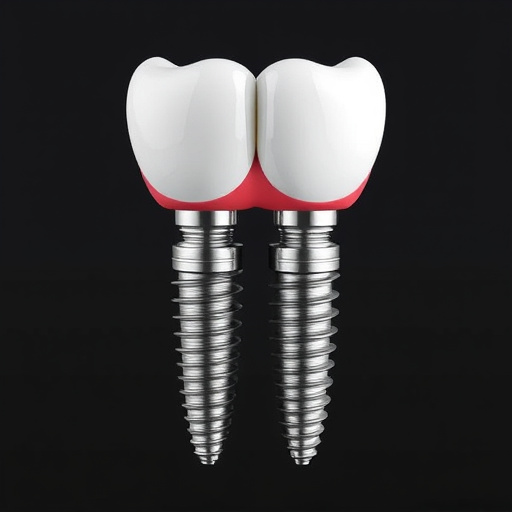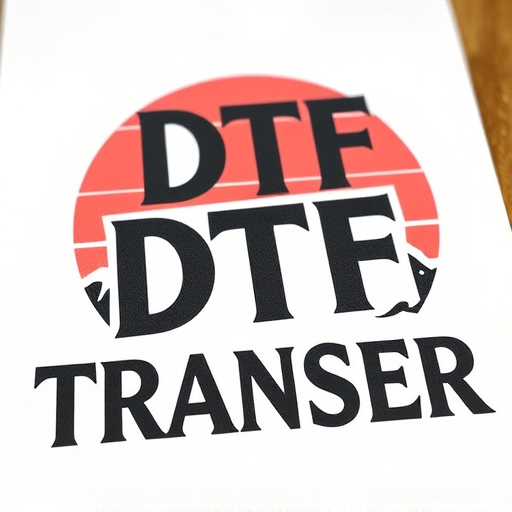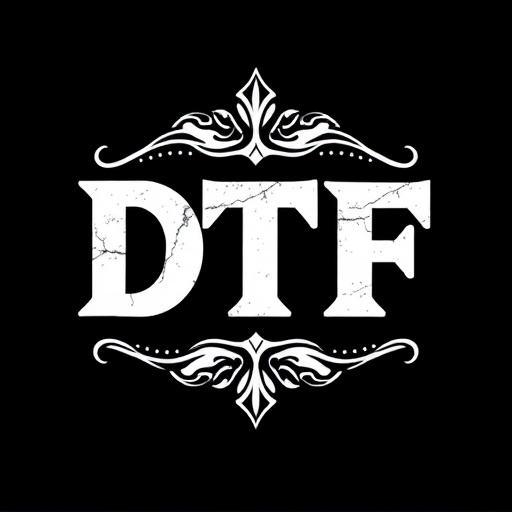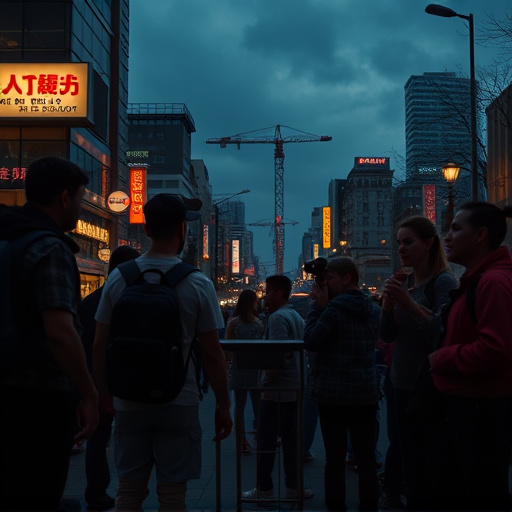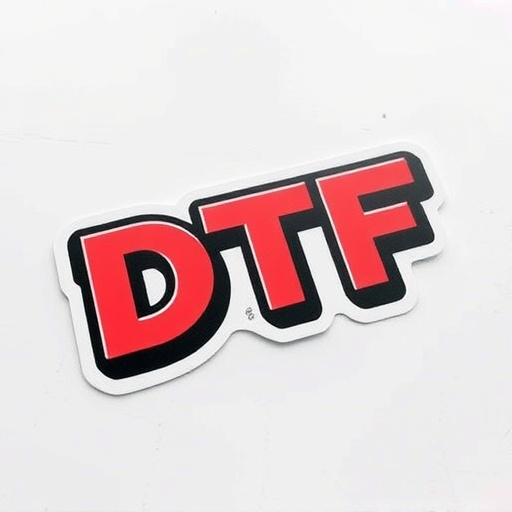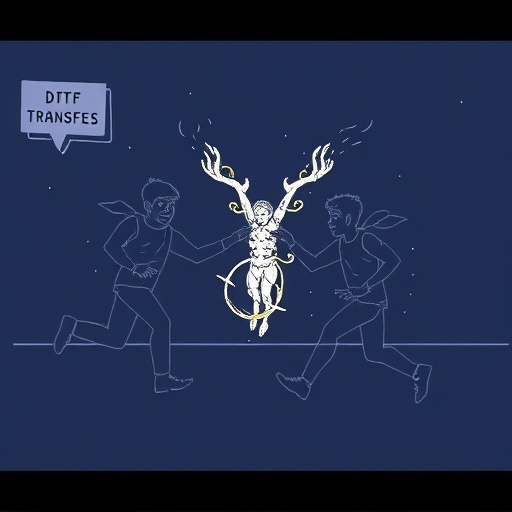Direct to Fabric (DTF) technology has evolved dramatically, offering high-quality DTF transfers that blend art and technology. Innovations like specialized inks have overcome historical challenges like ink opacity on dark fabrics, expanding DTF's versatility for custom sheet applications in heat pressing. Streamlined processes enable faster production, making high-quality DTF transfers accessible to small businesses and entrepreneurs for creating unique apparel. Today, DTF is widely adopted by fashion brands for on-demand production and complex designs, solidifying its position as a leading method for high-quality printing across various fabric types.
In an era where visual fidelity is paramount, high-quality Direct to Film (DTF) transfers have emerged as a game-changer in various industries. This article delves into the evolution of DTF technology, tracing its history and the significant technological advancements that have elevated its standards. We explore key factors defining top-tier DTF transfers, including resolution, color accuracy, and noise reduction. Furthermore, it examines modern applications and foresees future trends, highlighting how DTF technology continues to revolutionize content creation and preservation.
- The Evolution of DTF Transfers: Past and Present
- – A brief history of DTF (Direct to Film) transfers
- – Technological advancements that have improved quality over time
The Evolution of DTF Transfers: Past and Present
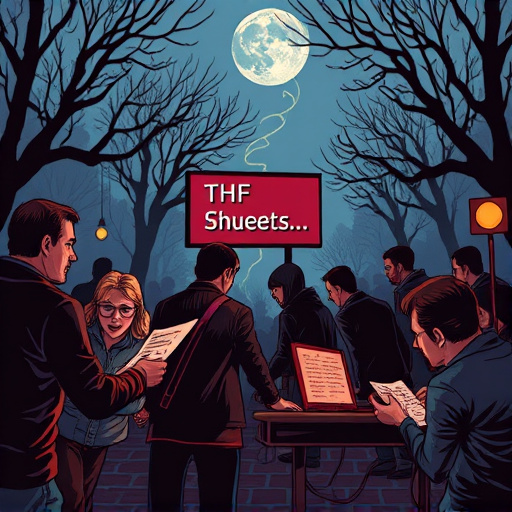
The journey of DTF (Direct to Fabric) transfers has come a long way since its inception. In the past, screen printing was the dominant method for applying designs onto fabrics, but with technological advancements, DTF transfers have emerged as a game-changer in the industry. Today, high-quality DTF transfers are not just about achieving vibrant and detailed prints; they represent a seamless fusion of art and technology.
Historically, DTF printing faced challenges when applied to dark fabrics due to ink opacity issues. However, modern advancements have led to innovative solutions, such as specialized inks designed for dark garments. These developments have made DTF transfers more versatile, enabling them to cater to a broader range of applications, including custom sheets for heat pressing designs onto garments. The heat press process, once cumbersome, has also been streamlined, allowing for faster and more efficient production, especially in the realm of bulk orders. This evolution has not only enhanced the quality but also made DTF printing accessible to a wider audience, including small businesses and entrepreneurs looking to create unique, custom-designed apparel.
– A brief history of DTF (Direct to Film) transfers

Direct to Film (DTF) transfers have evolved significantly since their inception in the early 2000s. Initially designed as a cost-effective method for printing graphics and designs directly onto various surfaces, DTF technology has now become synonymous with high-quality custom apparel and merchandise. This advancement can be attributed to improvements in ink formulation and printing techniques, enabling intricate details and vibrant colors that rival traditional methods like screen printing. Today, DTF transfers are widely used by clothing brands seeking unique, on-demand production solutions for their promotional products or limited-edition collections.
One notable trend is the shift towards using DTF for light fabrics, previously a challenge due to ink absorption issues. Innovations in cold peel DTF transfers have overcome these hurdles, allowing for precise application and long-lasting durability even on delicate materials. This versatility has expanded the reach of DTF printing, making it a viable option not just for logos but also for intricate designs and illustrations, further solidifying its place in the market for high-quality custom DTF transfers.
– Technological advancements that have improved quality over time
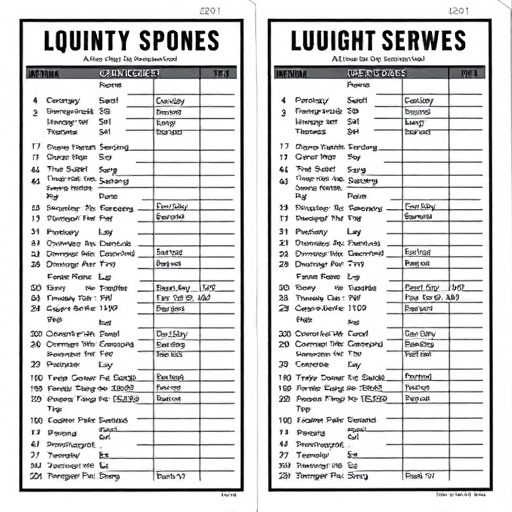
The evolution of technology has played a pivotal role in enhancing the quality of Direct to Fabric (DTF) transfers, making them stand out as a preferred method in the printing industry. Early DTF systems often suffered from low resolution and inconsistent color accuracy, but these challenges have been addressed through significant technological advancements. Modern DTF printers now offer high-resolution imaging capabilities, ensuring sharp and detailed designs on various fabrics. The introduction of advanced inkjet technology has revolutionized DTF printing, allowing for a broader color gamut and improved ink adhesion, resulting in vibrant and long-lasting prints.
Additionally, the integration of intelligent software and precise control systems enables printers to achieve remarkable precision and consistency. These technological improvements have not only elevated the quality of DTF transfers but also expanded their versatility. From light fabrics like t-shirts and hoodies to heavier materials, DTF printing has become a go-to solution for creating custom designs with exceptional clarity and durability. With the best DTF printer models on the market, businesses can now offer their customers an array of high-quality printing options tailored to different fabric types, catering to diverse demands in today’s dynamic market.
High-quality DTF transfers have evolved significantly, driven by technological advancements that enhance image and sound fidelity. Today, these transfers stand out for their meticulous attention to detail, restoring classic films to their original splendor. As the medium continues to adapt, the future of DTF transfers promises even more remarkable experiences, ensuring that film enthusiasts can enjoy their favorite classics with unparalleled clarity and immersion.



